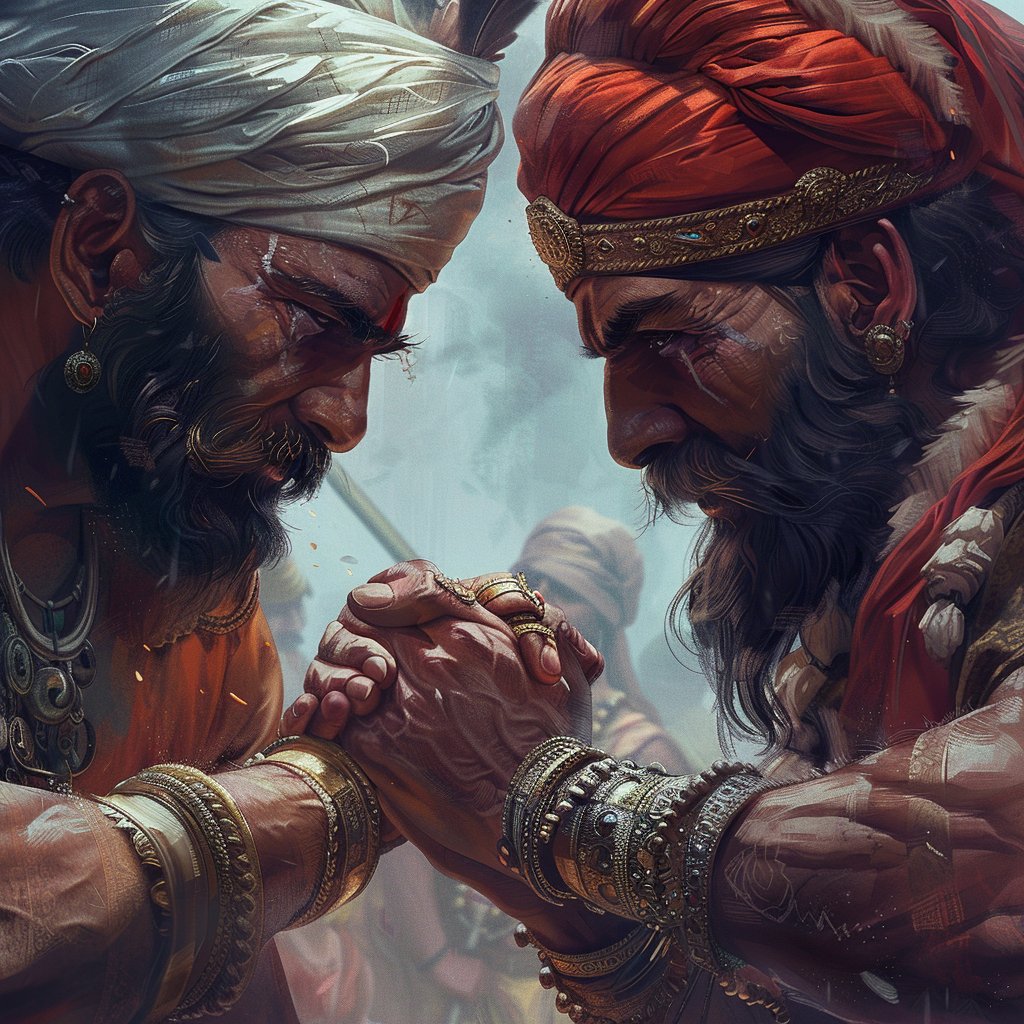Ancient Hindu temples used to be nerve center of the community and of Hindu civilization itself
Hence they were prime targets of invaders that wanted to wipe out your identity
If you're a fan of temples but don't understand the main architecture types, this thread is for you
Hence they were prime targets of invaders that wanted to wipe out your identity
If you're a fan of temples but don't understand the main architecture types, this thread is for you

Hindu temples have an inner sanctum, the garbha griha where the primary Murti is housed crowned by a shikhara, called the vimana in the south.
The shrine building often includes passage for parikrama, a mandapa congregation hall, and sometimes an antarala antechamber
The shrine building often includes passage for parikrama, a mandapa congregation hall, and sometimes an antarala antechamber

Nagara Style: Characterized by towering spires called shikharas, Nagara temples are common in North India.
These temples often have intricate carvings and sculptures depicting deities and mythical creatures.
Examples - Khajuraho temples and the Kandariya Mahadeva Temple.
These temples often have intricate carvings and sculptures depicting deities and mythical creatures.
Examples - Khajuraho temples and the Kandariya Mahadeva Temple.

Dravida Style: Dravida temples, prevalent in South India, feature pyramid-shaped gopurams
The main sanctum is surrounded by pillared halls and mandapas. The Brihadeeswarar Temple in Thanjavur and the Meenakshi Temple in Madurai are iconic Dravida temples.
The main sanctum is surrounded by pillared halls and mandapas. The Brihadeeswarar Temple in Thanjavur and the Meenakshi Temple in Madurai are iconic Dravida temples.

Vesara Style: Combining elements of both Nagara and Dravida styles, Vesara temples are found in central India. They often have a blend of shikharas and gopurams, along with intricate carvings.
The Hoysaleswara Temple in Halebidu is a stunning example of Vesara architecture.
The Hoysaleswara Temple in Halebidu is a stunning example of Vesara architecture.

Phamsana Style: Phamsana temples, prevalent in the Himalayan region, have a blend of Nagara and Dravida features. They typically have multiple spires arranged in a stepped manner.
The Kedarnath Temple in Uttarakhand is a notable Phamsana-style temple.
The Kedarnath Temple in Uttarakhand is a notable Phamsana-style temple.

Kashmiri Style: Reflecting the unique cultural influences of Kashmir, these temples are known for their wooden architecture and pagoda-like roofs.
The Martand Sun Temple, though now in ruins, showcases the grandeur of Kashmiri temple architecture.
The Martand Sun Temple, though now in ruins, showcases the grandeur of Kashmiri temple architecture.

Orissan Style: Orissan temples are characterized by their towering spires, intricately carved walls
The Jagannath Temple in Puri and the Konark Sun Temple, known for its monumental chariot-shaped structure, are prime examples of Orissan architecture.
The Jagannath Temple in Puri and the Konark Sun Temple, known for its monumental chariot-shaped structure, are prime examples of Orissan architecture.

Kerala Style: Kerala temples are distinct for their wooden architecture, multi-tiered roofs, and intricate carvings.
The Padmanabhaswamy Temple in Thiruvananthapuram and the Guruvayur Temple are renowned examples of Kerala temple architecture
The Padmanabhaswamy Temple in Thiruvananthapuram and the Guruvayur Temple are renowned examples of Kerala temple architecture

Bengal Style: Bengal temples are characterized by curved roofs, terracotta decorations, and ornate entrances.
The Rasmancha in Bishnupur and the Dakshineswar Kali Temple are notable examples of Bengal temple architecture.
The Rasmancha in Bishnupur and the Dakshineswar Kali Temple are notable examples of Bengal temple architecture.

Chalukya Style: Hailing from the Chalukya dynasty, these temples feature intricate carvings, stepped pyramidal roofs, and pillared halls.
The Virupaksha Temple in Pattadakal and the Chennakesava Temple in Belur exemplify the Chalukya style.
The Virupaksha Temple in Pattadakal and the Chennakesava Temple in Belur exemplify the Chalukya style.

Vijayanagara Style: Originating in the Vijayanagara Empire, these temples are known for their grandeur, intricate carvings, and massive gopurams.
The Vittala Temple in Hampi and the Hazara Rama Temple are prominent examples of Vijayanagara architecture.
The Vittala Temple in Hampi and the Hazara Rama Temple are prominent examples of Vijayanagara architecture.

Maru-Gurjara Style: Found in Gujarat and Rajasthan, these temples feature intricate carvings, domed roofs, and elaborate entranceways.
The Dilwara Temples in Mount Abu and the Sun Temple in Modhera are prime examples of Maru-Gurjara architecture.
The Dilwara Temples in Mount Abu and the Sun Temple in Modhera are prime examples of Maru-Gurjara architecture.

Whether it's the soaring spires of Nagara temples or the intricate carvings of Dravida temples, each style reflects the creativity and craftsmanship of ancient Indian artisans, leaving an indelible mark on the landscape of Indian architecture
If you like our work and want to know more about the world you inhabit please subscribe to our YouTube and Twitter
For personalized 1:1 daily broadcast messages with compete privacy please email itihasika@gmail.com with your complete phone number including country code
For personalized 1:1 daily broadcast messages with compete privacy please email itihasika@gmail.com with your complete phone number including country code
• • •
Missing some Tweet in this thread? You can try to
force a refresh






















